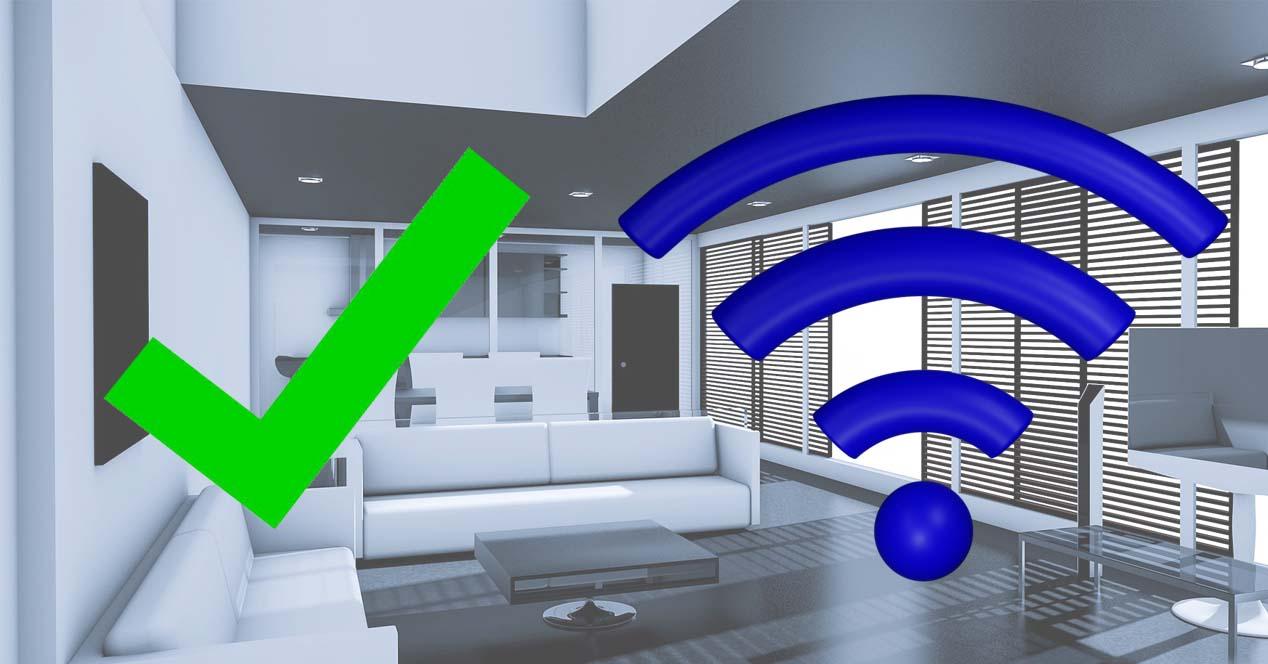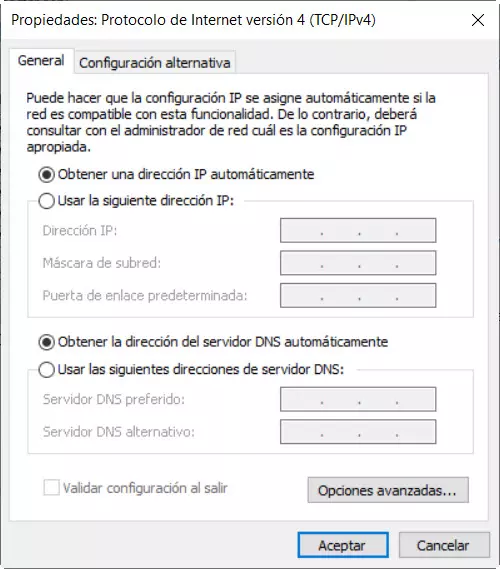
If you want to incorporate home automation in your homeyou must think very well what type of technology used to connect the different devices to the local network. There are manufacturers who bet everything on the Wi-Fi connectivity at 2.4GHz that we all know, however, there are other manufacturers that bet on wireless communication technologies that are oriented to home automation, such as ZigBee. Which one should you choose for devices to communicate wirelessly? Today at RedesZone we are going to explain the strengths and weaknesses of each solution.
Wi-Fi connection
We all use WiFi connectivity in our home to connect the different devices like smartphones, tablets, laptops and also the devices that are part of home automation and video surveillance in our home. Some devices that we usually connect by WiFi and that are part of home automation are smart plugs, which allow us to turn on and off different appliances locally and remotely, we also have IP cameras that all connect by WiFi or cable, to being able to see in real time everything that is happening at home.
Other devices that also we can connect by WiFi are the motion detectorswindow and door opening detector, flood sensors in case we have water leaks, gas leak sensors, Wi-Fi relays to easily control electrical circuits, and many more devices, such as those used for control air conditioning or heating in our home.
Using the WiFi connection for the different home automation devices has its strengths:
- They all connect directly to the router, WiFi access point or WiFi Mesh system, either on the 2.4GHz or 5GHz band. We are not going to need any kind of “hub” to connect them to the local network.
- If we have a good Wi-Fi wireless network, all these devices will have a very good wireless signal in all of them, making the latency very low and the actions to be carried out very quickly.
However, using Wi-Fi to connect dozens of home automation devices also has its drawbacks. weak pointsbelow, we explain the most notable:
- Wi-Fi is shared with other wireless clients to connect to the network on 2.4GHz or 5GHz, so we may experience high latency at times due to it being in use.
- exist WiFi interference with our neighborsespecially if we use 2.4GHz to connect the different devices.
- Many more devices are connected, slower we will have on the net.
- High power consumption, which could cause the autonomy of battery-powered devices is low.
Now that you know the strengths and weaknesses, let’s see what features we have in ZigBee.
ZigBee: is it the best for home automation?
ZigBee is a wireless communication protocol that is specifically designed to provide the better performance and lower latency in home automation devices. In addition, a very important detail is that it is designed for communications that need to be secure, have a low data rate, and are low in consumption. So on paper, ZigBee is perfect for home automation.
The strengths of using ZigBee for home automation are the following:
- Protocol designed for home automation and highly optimized.
- Low consumption of power, ideal for devices with batteries.
- mesh topology of the entire network, so all devices are connected to each other. Star or tree topology can also be used.
However, in ZigBee not everything is perfect, and we must take into account certain negative things, such as the different types of ZigBee devices that exist:
- We need a “coordinator» which is the most complete type of device, and there must be one per network. It is responsible for controlling the network and the paths that devices must follow to connect to each other. We also need a “zigbee router» which is responsible for interconnecting separate devices in the network topology.
- If the coordinator and router device becomes unavailable for any reason, the entire ZigBee network goes down and is left without communication.
As you can see, in ZigBee we depend on a kind of “hub” to interconnect the different devices with each other and with the local network, if this device is not available, no device on the network will be.
ZigBee’s strengths outweigh the negatives. If you are going to set up home automation at home, you should consider the possibility of installing ZigBee instead of WiFi, however, if you have a well-sized WiFi network, it will also work very well for you.




